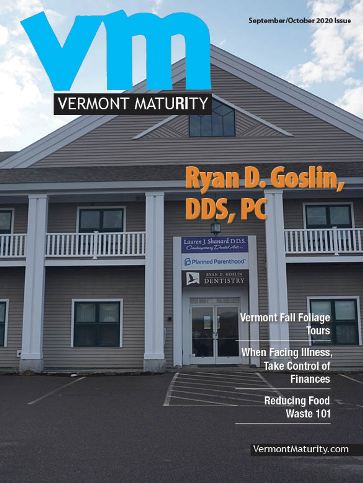Whereas the party of the first part shall prescribe, provide, formulate, and otherwise execute the means, method, and product for the tertiary daily repast for the mutual benefit of the parties; whereas the party of the second part shall evaluate, conduct, and otherwise execute in a timely manner the subsequent restoration of the premises used by the mutual parties in the enjoyment of said repast; now therefor, both parties stipulate to the following: dinner shall promptly commence at 7:00pm.

What if legalese was the common language of all communications? Would we understand each other better? Although legalese, in its best light, is intended to provide a uniform interpretation of certain terms or phrases, it often complicates dialog and documents.
For example, the Latin phrase per stirpes is often used in wills, trusts, and beneficiary designation forms to describe what happens if the named beneficiary has died. Its widely accepted meaning directs that the beneficiary’s share passes in equal shares to his/her descendants by right of representation. A descendant (child, grandchild, great-grandchild and so-on) takes the “representative” share of his/her parent. If a deceased beneficiary’s share would be 1/3 and he has 2 children, then those children each receive 1/6.
In contrast, many uses of legalese actual lengthen documents and contain repetitive phrases that appear to communicate the same intent. The following provision illustrates this concept: “to sign, execute, endorse, acknowledge, deliver and file or record all appropriate documents…” Would “execute” summarize it all? Or, does adding a few extra words seem more complete, if there is a reader who demands precision and is concerned about liability for misinterpreting something?
Many would agree that succinctness and completeness are good reasons for legalese, what about tradition? Have “whereas” and “now therefor” outlived their usefulness? Beauty is in the eye of the beholder, but improved communication benefits all—parties of the first part and parties of the second.
This article was provided by Jarrett & Luitjens Estate & Elder Law. For more information VermontEstatePlanning.com.
Related Articles & Free Subscription

Free Resources That Can Help with Your Medicare Decisions






Comment here